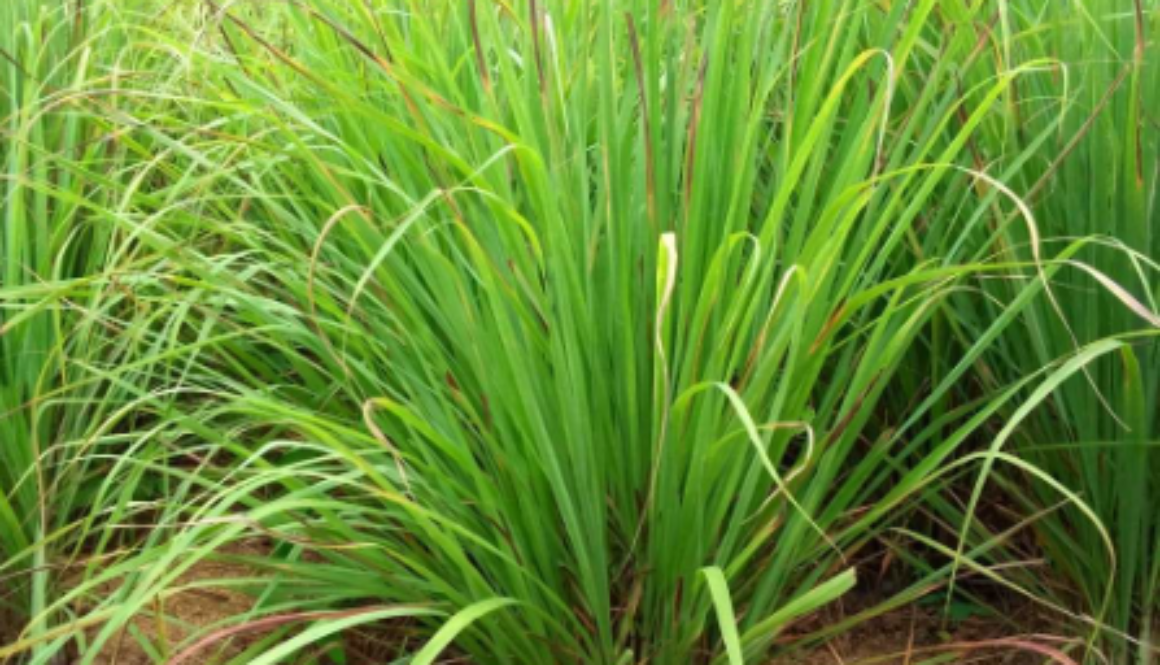Lemon grass
Lemongrass, scientifically known as Cymbopogon citratus, is a fragrant perennial herb native to tropical regions of Asia, particularly India and Sri Lanka. With its citrusy aroma and refreshing flavor, lemongrass has been cherished for centuries in culinary, medicinal, and aromatic applications, earning it a special place in various cultures and cuisines worldwide.
Part Used: The tender lower stalks and leaves of the lemongrass plant are the primary parts used for their culinary and aromatic properties. These parts contain essential oils, including citral, which give lemongrass its characteristic lemony scent and flavor. Lemongrass can be used fresh or dried in cooking, teas, and aromatherapy.
Usage: Lemongrass is prized for its versatile usage in both culinary and medicinal applications. In cooking, it adds a bright, citrusy flavor to a variety of dishes, including soups, curries, stir-fries, and marinades. Lemongrass is also used to infuse beverages like teas, lemonades, and cocktails with its refreshing aroma and flavor. In traditional medicine, lemongrass is valued for its digestive, anti-inflammatory, and antimicrobial properties. It is used to alleviate digestive issues, reduce fever, relieve pain, and promote relaxation.
Agrotechniques: Cultivating lemongrass is relatively simple, as the plant is adaptable to various soil types and growing conditions. Lemongrass thrives in warm, sunny locations with well-drained soil. It can be propagated from division of established clumps or purchased as transplants from nurseries. Planting is typically done in spring or early summer, with spacing of 2 to 3 feet between plants. Regular watering and occasional fertilization promote healthy growth and essential oil production. Harvesting of lemongrass can be done once the stalks reach a suitable height, usually occurring throughout the growing season. Care should be taken during harvesting to ensure optimal flavor and quality of the stalks. Overall, cultivating lemongrass offers a delightful addition to culinary dishes and aromatic experiences, along with potential health benefits for those who consume it.

